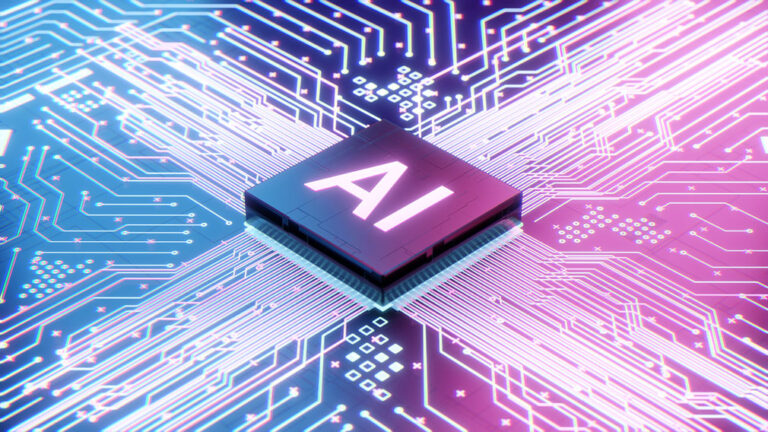
1.5f8-p1uzt Texture
In the ever-evolving world of digital design, gaming environments, and material sciences, textures play a central role in shaping visual experiences and functional applications. One term that has recently attracted attention is the 1.5f8-p1uzt texture. While at first glance the name may appear to be a technical code, it represents a unique type of texture model that offers versatility across various digital and industrial platforms. From enhancing virtual landscapes to simulating realistic materials, this innovative texture stands as an intriguing development worth exploring in detail.
Understanding the Concept of 1.5f8-p1uzt Texture
The 1.5f8-p1uzt texture can be described as a coded identifier for a specific surface pattern or digital material design. Unlike generic patterns, it is often associated with unique layering methods, allowing for enhanced resolution, depth, and adaptability. What makes this texture special is not only its visual appeal but also the way it interacts with lighting, shadow, and rendering systems. Whether used in high-definition video games or in architectural visualization, its adaptability sets it apart from traditional models.
Key Characteristics of 1.5f8-p1uzt Texture
One of the primary reasons why designers and developers are taking notice of the 1.5f8-p1uzt texture lies in its characteristics. First, it is scalable, meaning it can maintain visual clarity regardless of resolution changes. Second, it exhibits high flexibility in rendering across different platforms, making it suitable for both low-end and high-end devices. Third, the texture supports realistic layering, which enhances the feeling of depth in virtual scenes. These qualities make it not only visually appealing but also efficient for projects where performance optimization is crucial.
Applications in Gaming Environments
Gaming has always been at the forefront of texture innovation, and the 1.5f8-p1uzt texture is no exception. Modern games require textures that not only look good but also perform well under demanding conditions. The 1.5f8-p1uzt texture provides smoother rendering for open-world environments, character models, and interactive surfaces. Players often notice the difference in how objects reflect light, how shadows move dynamically, and how realistic the environment feels. This texture bridges the gap between immersive graphics and system performance, making it a promising choice for next-generation gaming.
Impact on Architectural Visualization
Beyond gaming, architectural visualization benefits significantly from the use of advanced textures. The 1.5f8-p1uzt texture can replicate surfaces such as concrete, wood, metal, or fabric with striking realism. Architects and designers rely on such detailed surfaces to present their projects in a way that allows clients to fully grasp how a space will look and feel. The ability of this texture to accurately simulate material interactions with light makes it an excellent tool for creating lifelike 3D renderings of buildings and interiors.
Role in Digital Art and Animation
Artists and animators constantly seek new tools to push the boundaries of their creativity. The 1.5f8-p1uzt texture provides an extra layer of depth to digital artworks. In animation, for instance, the texture helps achieve fluidity and realism in character clothing, environments, and props. Artists can manipulate its parameters to create stylized effects or photorealistic visuals depending on the project’s goals. This duality of use, both in artistic and hyper-realistic projects, highlights its adaptability in creative industries.
Importance in Virtual and Augmented Reality
Virtual reality (VR) and augmented reality (AR) applications demand highly optimized textures for seamless immersive experiences. The 1.5f8-p1uzt texture excels in this area by offering realistic visuals while keeping rendering efficiency in mind. In VR, where close-up interaction with objects is common, surface details must be precise and convincing. Similarly, in AR, where textures blend with real-world environments, clarity and accuracy are essential. The unique coding of this texture allows for effective use in headsets, mobile AR apps, and mixed-reality experiences.
Technological Advantages of 1.5f8-p1uzt Texture
One of the standout aspects of this texture is its compatibility with advanced rendering engines. Whether using Unreal Engine, Unity, or other design platforms, the 1.5f8-p1uzt texture integrates smoothly. Its design allows for quick adaptation to shaders, lighting effects, and performance optimization. This means that developers can focus less on troubleshooting texture issues and more on creating engaging experiences. Additionally, the texture’s low memory footprint compared to older models helps reduce lag and enhances overall performance in demanding applications.
Future Potential and Innovations
As digital industries continue to evolve, the potential applications for the 1.5f8-p1uzt texture will only grow. With the rise of artificial intelligence in content creation, this texture could be further enhanced by machine learning models that automatically optimize its scaling, lighting, and rendering. In industrial design, the texture might find use in creating prototypes for new materials, offering manufacturers a way to preview products before physical production. The intersection of technology, creativity, and efficiency positions the 1.5f8-p1uzt texture as a future standard in multiple sectors.
Conclusion
The world of textures is often overlooked by those outside of digital design, yet it is fundamental to shaping immersive experiences across industries. The 1.5f8-p1uzt texture demonstrates how far innovation has come in producing surfaces that are both visually stunning and technologically efficient. Its applications in gaming, architecture, animation, VR, and beyond highlight its versatility. As industries embrace more advanced digital solutions, textures like 1.5f8-p1uzt will play an increasingly important role in bridging imagination and reality.




